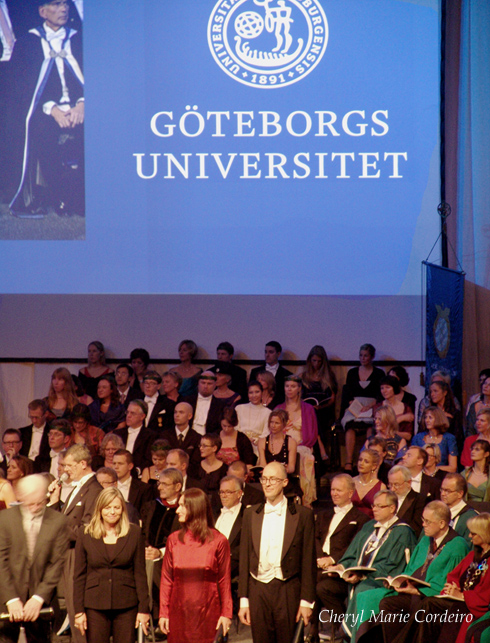The Geely Holding Group headquarters in Hangzhou, November 2010
Photo: J E Nilsson and C M Cordeiro-Nilsson for CMC © 2010
It was with great expectations that I went to visit the Geely headquarters in Hangzhou, the Zhejiang Geely Holding Group Co. Ltd, as part of a Swedish delegation from the University of Gothenburg. Geely’s acquisition of the Swedish car manufacturer Volvo with their headquarters in Gothenburg was announced on Monday the 2 August 2010 and with that, the Zhejiang Geely corporation had concluded the largest ever acquisition of a foreign car company in the history of China.

A warm sign at the Zhejiang Geely Holding Group headquarters that welcomed the visit by the Swedish delegation.

Just inside the Geely headquarters entrance.
Having followed the Ford and Geely negotiations as well as could be done in the press, I expected this acquisition to be an important opportunity to study the process of top management knowledge transfer between modern China and the West. Continue reading “Visiting the Geely Holding Group in Hangzhou, November 2010”













